As with everything in life, a strong foundation is needed in an effective training programme. One of the most common mistakes made by advanced fitness enthusiasts is overlooking basic fitness attributes in pursuit of aesthetics. If you lead an active lifestyle but you�re still having trouble reaching your fitness goals, you might want to revisit your basic mobility work. While often seen as rehabilitative exercises, mobility exercises are one of the fundamentals of physical training that improves flexibility and function through exercises targeted at different body parts. Mobility work brings unique benefits to all age groups, including increased flexibility, pain management and improved performance in sports.
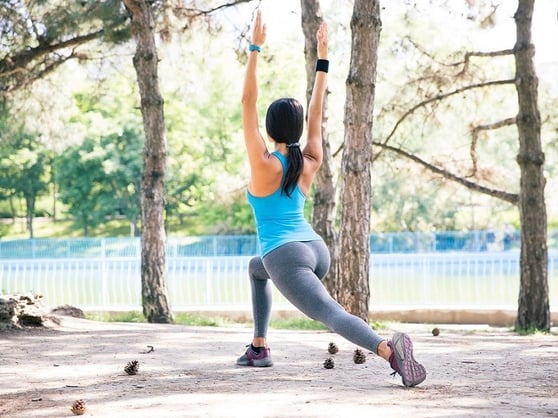 Photo: Active Health
Photo: Active Health
Increased flexibility
Flexibility refers to the pliability of the muscles that support the joints. Better flexibility means that your joints are able to move through a full range of motion (the degree to which your joints can move before hitting the surrounding muscle tissue) without experiencing pain or stiffness during your workouts. Hence, it is important to remember that flexibility comes hand in hand with mobility in that both affect the body�s ability to function.
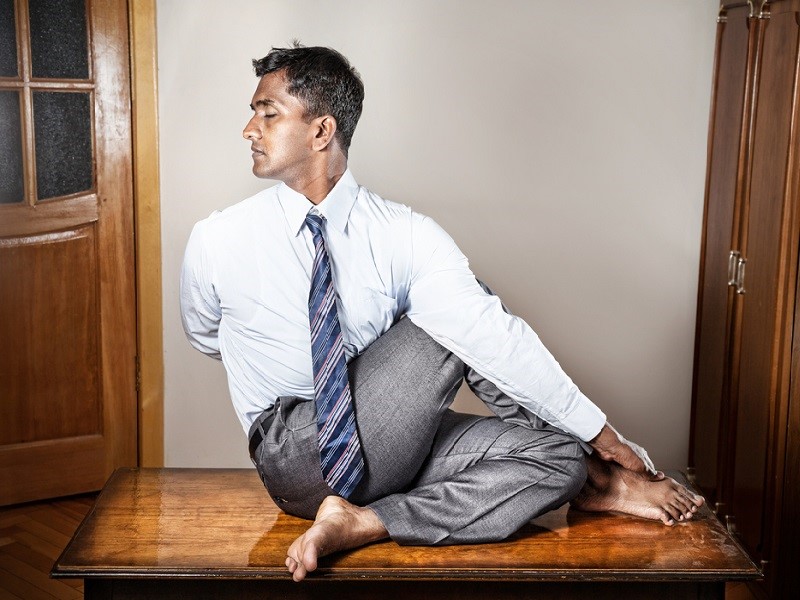 Photo: Active Health
Photo: Active Health
Flexibility can also help to improve your posture. Whether your job requires you to be desk-bound for long hours or you spend a lot of time running around on your feet, posture is important to everyone�s overall well-being. Flexibility will help you relax, allowing you to cultivate a good posture without unnecessarily straining your muscles. This could also help with postural abnormalities such as forward head and rounded shoulders.
? READ: Efficient endurance exercises for busy executives
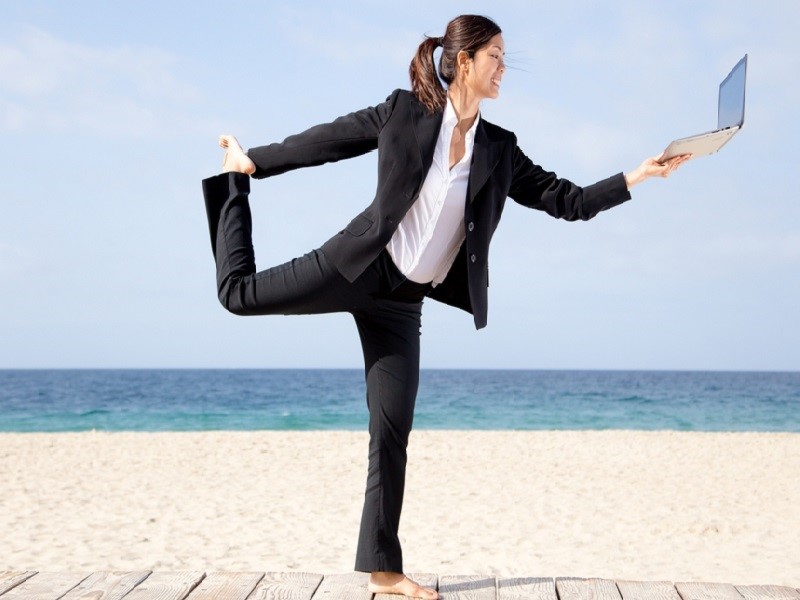 Photo: Active Health
Photo: Active Health
Pain management
Some say that laughter is the best medicine, but exercise can also be one hell of a miracle drug. Even at your prime, you could be faced with daily joint pains that stem from long work hours, overambitious fitness training or simply just an awkward sleeping position. A quick session of mobility work can alleviate tedious everyday pains by �loosening� up the tight muscles in your body, much like a good massage session would.
A popular form of mobility work for pain management is foam rolling, which focuses on myofascial release. Fascia exists in multiple layers of tissue wrapped around muscles and attached to tendons and bones to help you perform daily motions like pulling and pushing. However, fascia is solid and limits the muscle range of motion drastically when tangled together because of inactivity, injuries or diseases, which leads to joint and muscle pain.
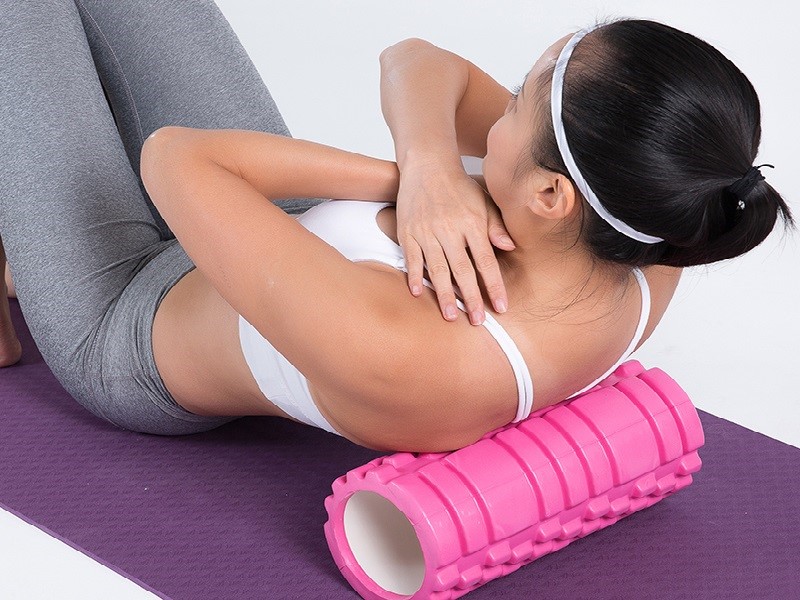 Photo: Active Health
Photo: Active Health
Using a foam roller after exercising can help to improve muscle pain perception. Although the physiological mechanisms underlying foam rolling and pain have yet to be established empirically, a reduction in the sensation of muscle pain can be beneficial as it may improve one�s readiness and motivation to participate in physical activity.
Studies have also shown that joint mobility exercises can ease rheumatoid arthritis pain by strengthening and lengthening the muscles surrounding the joints. This relieves the pain on the joints damaged by rheumatoid arthritis by giving them a greater range of motion. With that being said, prevention is always better than cure. It is important to build up flexibility and mobility at a young age. Even the most active seniors could lose flexibility due to the inevitable aging process, leading to chronic muscle and joint aches, which can be managed through frequent mobility training.
Improved performance in sports
Warming up with mobility exercises is linked to improvements in physical performance. Dynamic stretching (stretching through a movement like lunges or torso twists) is one way to improve your joint mobility. Dynamic stretches are designed to mimic the exercise you are about to perform. For example, a swimmer may circle their arms before getting into the water. This ensures that your joints and muscles go fully warmed up in their full range of motion for the specific activity you are about to perform, leading to better athletic performance.
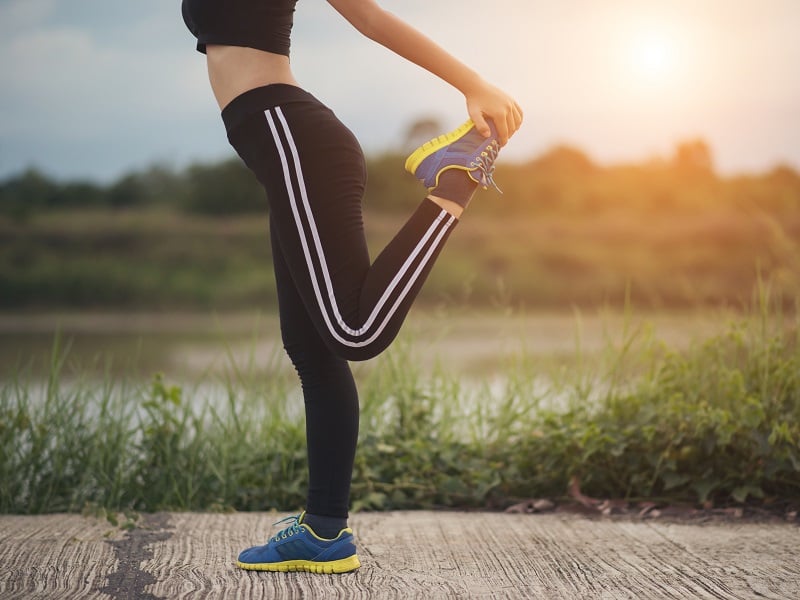 Photo: Active Health
Photo: Active Health
�The American College of Sports Medicine (ACSM) recommends at least 2 to 3 days of flexibility training per week, but daily would be most effective. One way to meet this recommendation is to incorporate some dynamic stretches/mobility exercises in your warm-up prior to each workout session�, stated Mr Munir, Active Health Expert at Heartbeat@Bedok.
? JOIN US: Island-wide experiential Move Better workshops led by Active Health Coaches
Here are some basic mobility exercises for popular sports. Non-athletes can also incorporate these exercises into their workout routine to improve mobility in different parts of the body.
Running and swimming: Arms and thighs
1. Large arm circles
Standing upright with your arms extended out to your side, swing your arms forward and backwards � making large circles with them. Do 10 times for each direction.
2. Jogging quad stretch
Jog in place for 3 seconds before reaching behind one leg to grab your foot. Hold for 3 seconds to stretch out your quad. Do 10 times for each leg.
Football: Ankles, legs and hips
1. Lateral shuffle and side lunge
Stand with your feet shoulder-width apart and bend your knees slightly. Place your hands on your hips. Start with your right foot moving right and your left foot following. Take small, quick steps to the right in right-left steps for 8 seconds. After shuffling, step out to the side with your right leg bent and left leg straight. Stand back up straight and shuffle to the left with in left-right steps for 8 seconds and repeat the side lunge with the left leg. Do 10 times for each leg.
2. Hip swings
Keep your hands on your hips. Swing one foot back and forth while balancing on the other. Hold onto a wall or fixed object if balance is an issue. Do 10 times for each leg.
Basketball: Lower body, arms
1. Jumping jacks
Start with both legs together and arms at the side. Bend knees slightly and jump upright into the air. As you jump, stretch your legs to be about shoulder-width apart and stretch your arms up over your head. Jump back to starting position. Do 20 times.
2. Hip abduction (�Standing gate openers�)
Stand with your legs hip-width apart. Put both hands on your waist or one hand on the wall for balance. Bend one knee up to waist level and move it out to the side (rotation) while ensuring that your hips are still facing the front. Lower leg back to starting position. Do 10 times for each leg.
? WATCH: Sport and mobility exercises
Mobility training is a good supplement to your strength training and it makes your overall fitness programme more well-rounded. There are also activities that solely promote mobility work, such as tai chi and yoga. While maintaining your desired physique might be your priority, it would be difficult to make progress without conditioning your body.
To find out more about how you can take ownership of your health, sign up for a fitness and health assessment available at the Active Health Labs located island-wide. Guided by Active Health Coaches, you will understand your current status, learn tips to improve your health and wellness and adopt habits that best suit your lifestyle.





![ActiveSG Academies and Clubs Logo (Solid Colour)[8647]](https://www.activesgcircle.gov.sg/hs-fs/hubfs/ActiveSG%20Circle%202023Theme/images/ActiveSG%20Academies%20and%20Clubs%20Logo%20(Solid%20Colour)%5B8647%5D.png?width=150&height=65&name=ActiveSG%20Academies%20and%20Clubs%20Logo%20(Solid%20Colour)%5B8647%5D.png)



-01.png?width=200&height=141&name=Team%20Singapore%20Logo%20(Red)-01.png)












.jpg?width=250&height=250&name=CQ@Clarke%20Quay%20Poster.jpg%20(400x400px).jpg)
.png?width=250&height=250&name=CCE%2024%20April%20Coaching%20as%20a%20way%20of%20Life%20From%20(400%20x%20400%20px).png)
